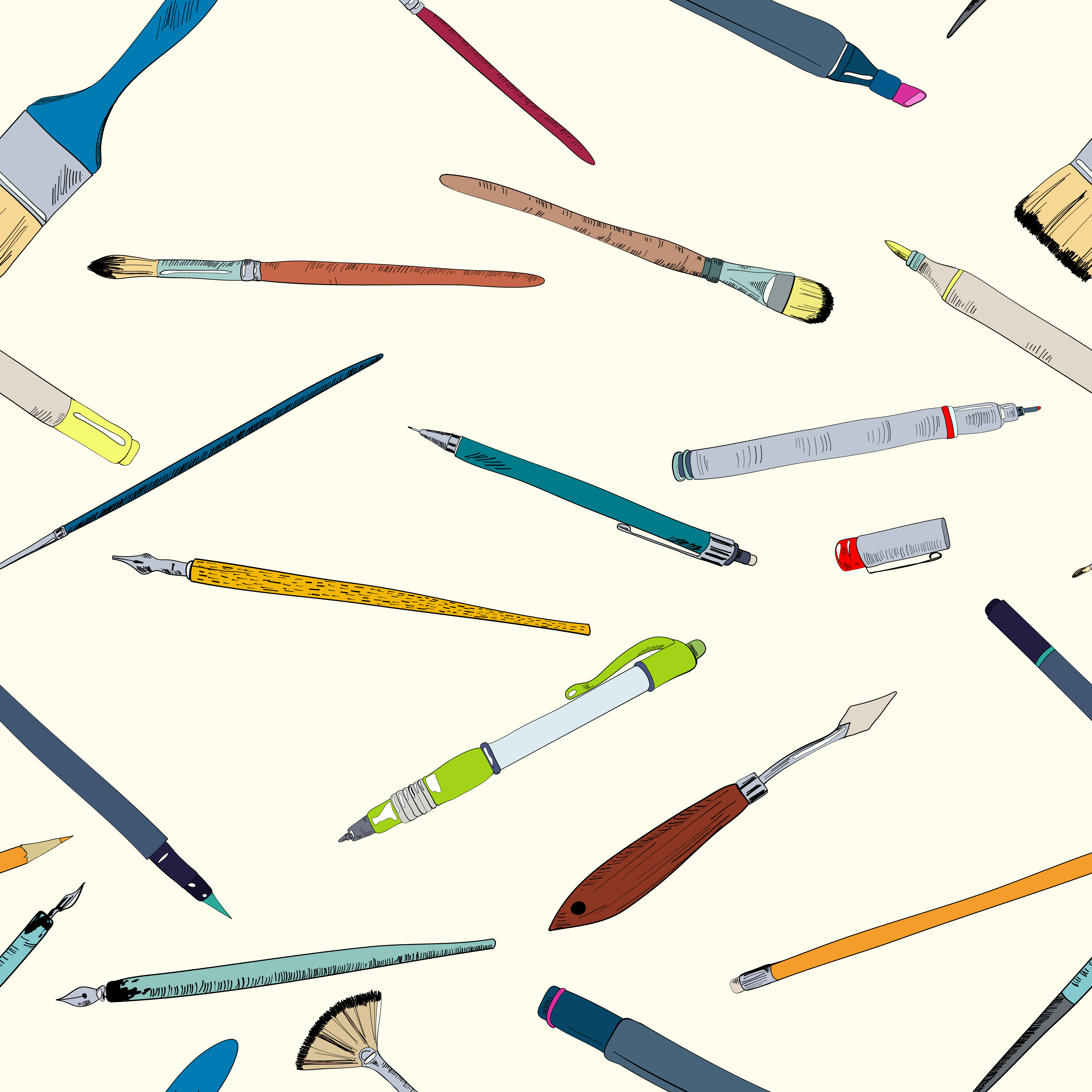Free Sketch Drawing Tool
Hey fam, I know for a lot of us, DIY home repairs and projects are a big part of taking control of our spaces and making them truly ours. But let's be real, it can be tough to know where to start when you're not a trained contractor or handyman. That's why I wanted to put together this quick guide on some of the most common hand tools you'll need to get started.
First things first, let's talk about screwdrivers. These are an essential part of any toolkit, because let's face it, if you're putting together furniture or hanging up shelves, you're going to be dealing with a lot of screws. There are two main types of screwdrivers: flathead and Phillips head. Flathead screwdrivers are great for simpler jobs, while Phillips head ones are better for tougher screws. Make sure you have a few different sizes of each to cover all your bases.
Next up, we've got hammers. If you're doing any kind of woodworking or DIY projects, a hammer is absolutely necessary. There are a few different kinds to choose from depending on what you're working on. For basic jobs, a claw hammer will do just fine. If you're working with more delicate materials, a rubber mallet might be a better choice.
You're also going to want to invest in a few different types of pliers. Needle-nose pliers are great for delicate work like jewelry-making, while slip-joint pliers can be used for a wider range of tasks. Lineman's pliers are the way to go if you're dealing with electrical work and need to cut or strip wires.
Another tool you're going to need is a tape measure. Whether you're measuring for furniture or making sure your paintings are hung at the right height, a tape measure is a must-have. Look for one that's at least 25 feet long with both metric and imperial measurements.
For cutting jobs, you're going to need a utility knife or box cutter. These are great for breaking down cardboard boxes or cutting through thick pieces of fabric or leather. Make sure you have replacement blades on hand so you can always get a clean cut.
A level is another tool you're going to need. This will help ensure that everything you hang on your walls is perfectly straight. There are a few different kinds to choose from, but a basic bubble level should do the trick for most DIY projects.
Finally, you're going to want to invest in a good set of wrenches. Whether you're tightening bolts on your bike or plumbing work, a wrench is an essential tool. Look for a set with both metric and imperial sizes to cover all your bases.
Now that you know what tools you need, let's talk about some tips for using them effectively. First of all, always make sure you're using the right tool for the job. Using the wrong tool can not only make the job harder, but it can also be dangerous. Always make sure your tools are in good condition, and replace anything that's broken or damaged.
When you're working with power tools, safety should always be your top priority. Wear protective gear like safety glasses and gloves, and make sure you follow all safety instructions that come with your tools. Never use a power tool if you're not comfortable or confident in your ability to use it safely.
When you're measuring, always double-check your measurements to make sure they're accurate. It's better to take a few extra seconds to measure again than to make a mistake that could ruin your project. And when you're cutting, always cut away from your body to avoid injury.
Finally, don't be afraid to ask for help if you need it. There are tons of great resources out there for DIY enthusiasts, from online forums to workshops at your local hardware store. Don't be afraid to reach out and ask for advice or guidance.
How to Use Hand Tools Effectively
Now that you know what tools you need and some tips for using them, let's talk about how to use them effectively. Here are a few general tips to keep in mind:
- Always start with the right tool for the job.
- Make sure your tools are in good condition.
- Wear protective gear when using power tools.
- Double-check your measurements.
- Cut away from your body.
- Ask for help if you need it.
DIY Tips and Tricks
Here are a few final tips and tricks to help you get the most out of your DIY projects:
- When starting a new project, always do your research first. There are tons of great tutorials and videos online that can help you get started.
- Take your time. Rushing through a project can lead to mistakes or accidents.
- Don't be afraid to make mistakes. Learning from your mistakes is an important part of the DIY process.
- Get creative! DIY projects are a great opportunity to express your individuality and make your space truly your own.
That's it for now, fam! Remember, DIY projects are a great way to take control of your space and make it truly your own. With the right tools and a little bit of know-how, you can tackle any project with confidence. Happy DIY-ing!


Post a Comment for "Free Sketch Drawing Tool"